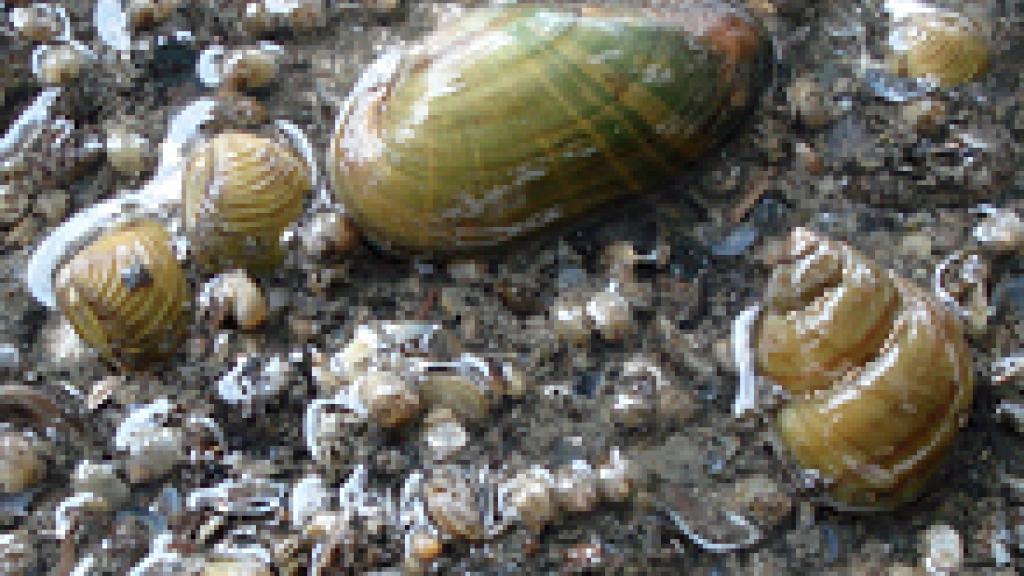Invasive Alien Species
The Danube River is seeing an influx of new non-native species, stemming from the increasing interconnections with various European and global water bodies via canals and other waterways designed to facilitate navigation. It is currently believed that alien species are very likely to become even more significant in the future, as the importance of the Danube as an international waterway increases.

The 1st DRBM Plan from 2009, as well as its update from 2015 highlighted that the Danube River Basin is vulnerable to invasive alien species (IAS). IAS have become one of the major concerns for the Danube and their further classification and analysis is essential for an effective river basin management.
The Danube is exposed to an intensive colonisation by neobiota (non-indigenous, non-native or alien species - organisms that occur outside of their native distribution region; neozoa refers to alien animals) and their further spreading in both north-west and south-east directions throughout the basin.
Results of the JDS expeditions (JDS1, 2, 3 and 4) showed that neozoa dominated macrozoobenthic as well as fish fauna at many places in the Danube making thus their classification a crucial factor in the assessment of the ecological status. The ICPDR developed a common approach on how to deal with IAS in the DRB. The methods for the assessment of the IAS are being constantly updated to evaluate their impact on the ecological status of the Danube. Moreover, the ICPDR adopted a joint position that the IAS should not be considered en-bloc as having a negative impact on the ecological status unless a detailed integrative evaluation would prove this.
Further work has to be done in the field of collecting of basic information on the distribution of invasive alien species and their influence on native biota, of developing effective tools for the assessment of the level of pressures caused by the bioinvasions, as well as of designing the appropriate mitigation measures. To proceed with the assessment work the Black List of the Danube IAS has to be further updated. The assessment shall respect the provisions of the EU Regulation No 1143/2014 on the prevention and management of the introduction and spread of invasive alien species.
It is important to evaluate accurately and rationally the real pressure of each invader to native ecosystems, because of its influence on the native biota should not be considered a priori as negative.
Factors influencing the spread of new species
- Hydrological engineering works
- Increasing traffic along shipping routes
- Artificial introduction of non-native species
- Natural colonisation processes due to the ability of an invasive species to spread





